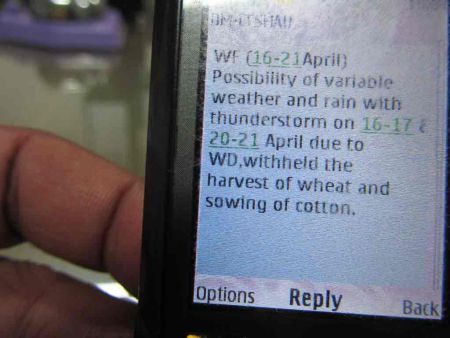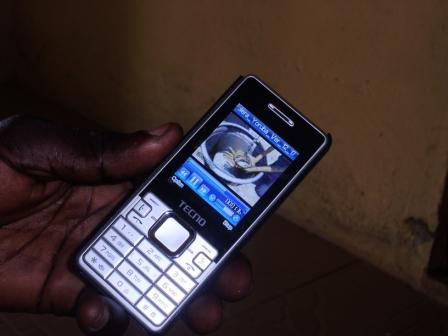A Story of Loss: The Dynamics of Postharvest Loss Prevention
by Grace R. Kenney

As the world’s population continues to grow, the challenge of feeding a growing population becomes more crucial. The capacity to feed an additional two billion people will need to be achieved in the next two or three decades, and currently there are nearly 870 million people who are chronically hungry.
Reduction Postharvest Loss: Need for better infrastructure

Postharvest loss prevention and reduction have long been recognized as major factors contributing to food security world-wide. In 1975, Henry Kissinger called for losses to be halved by 1985. In 2013, the Chicago Council on Global Affairs called for losses to be halved by 2023.
Have they actually been halved?

Facilities and practices along the supply chain are essential components of a crops’ postharvest stage, and also provide many opportunities for loss to occur, whether in storage, transportation on-farm, transportation off-farm, or in market access.
Data and Measurement

To address issues of loss along various points in the supply chain, decision makers need reliable data on which to base their decisions. However, measuring postharvest loss has traditionally been time-consuming and relatively expensive, resulting in a lack of reliable data on the actual state of postharvest losses. Smallholder farmers, supply chain managers and policy makers are forced to make decisions without adequate data on loss.
The Opportunity of ICT

Credits: ADM Institute/Ximing Cai.
As the use of information and communications technology (ICT) grows, smallholder farmers, researchers, experts, and government decision makers have considerably more opportunity to exchange and receive information. Farmers can access data that affect their time of harvest, as well as send information to researchers and institutions on issues experienced in-field and in the supply chain. Additionally, training videos can be shared over Bluetooth and watched to guide farmers in best practices during and after harvest.

Credits: ADM Institute/Barry Pittendrigh.
Adapting technology, techniques, and designing measurement schemes

As efforts to prevent postharvest loss move forward, experts and researchers find it of great importance to connect with famers and rural managers. Current technologies and techniques may prove accurate and efficient in the laboratory, but bringing those innovations to the field requires deep understanding of the user needs.
Sustainable prevention

From food insecurity to wasted resources to potential revenue that rots in storage, postharvest loss is a complex problem that requires dynamic solutions. Though Kissinger called on us to reduce and prevent loss, we still don’t know what progress we’ve made or precisely how to maintain that progress.
Alternatively, a sustainable approach to preventing loss addresses the complexity of the problem by understanding and accounting for the actual costs and benefits of implementing changes. Accommodating the environmental, social, and economic constraints and limitations that exist along the supply chain is necessary to design and implement effective solutions that prevent loss in postharvest systems around the world.